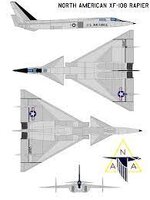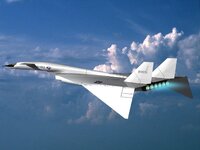- Thread starter
- #21
Conslaw
Senior Airman
It's very tough to have a really nicely designed aircraft, but look at the financial case for building it and determine that it isn't the best use of the money. The original B1A bomber was in that category. The F-108 was probably correctly put in that category. Ditto the B-70. (The XB-70 was a long way from being a service model.) The Lockheed AX-56 Cheyenne is another. All of these were state of the art aircraft, groundbreaking in their time, but none were put into series production, but it is hard to trace any negative consequences to that decision at least in terms of the military security of the nation.


